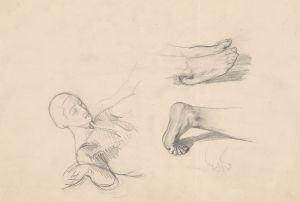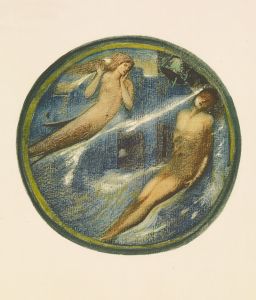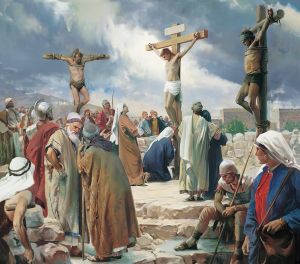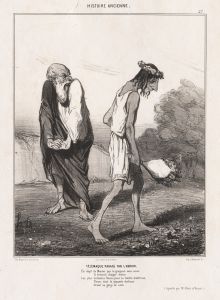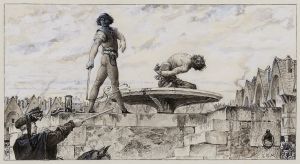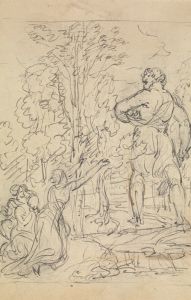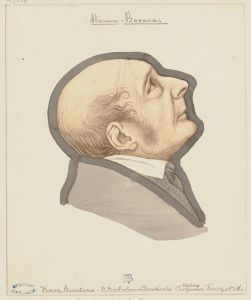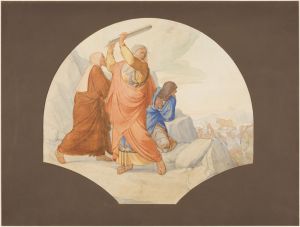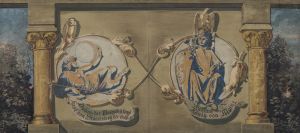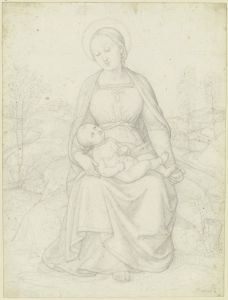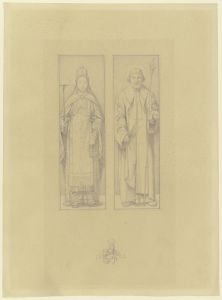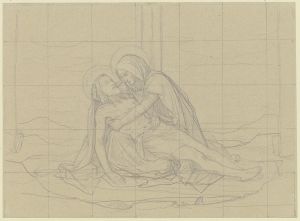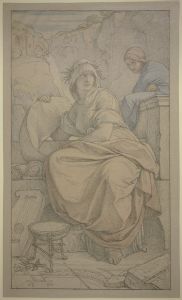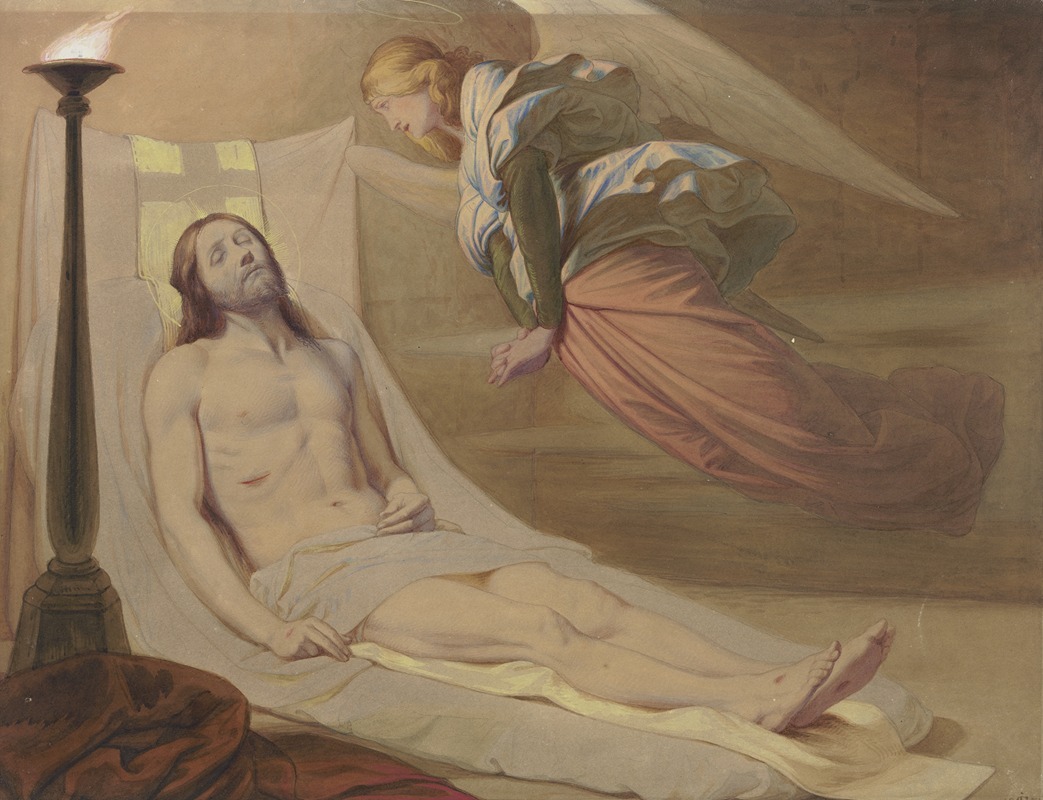
Christ in the grave, a mourning angel hovering over him
A hand-painted replica of Eduard von Steinle’s masterpiece Christ in the grave, a mourning angel hovering over him, meticulously crafted by professional artists to capture the true essence of the original. Each piece is created with museum-quality canvas and rare mineral pigments, carefully painted by experienced artists with delicate brushstrokes and rich, layered colors to perfectly recreate the texture of the original artwork. Unlike machine-printed reproductions, this hand-painted version brings the painting to life, infused with the artist’s emotions and skill in every stroke. Whether for personal collection or home decoration, it instantly elevates the artistic atmosphere of any space.
Eduard von Steinle was a notable 19th-century German painter associated with the Nazarene movement, which sought to revive honesty and spirituality in Christian art. One of his significant works is "Christ in the Grave, a Mourning Angel Hovering Over Him," a painting that reflects his deep religious conviction and his commitment to the ideals of the Nazarene movement.
Eduard von Steinle was born on July 2, 1810, in Vienna, Austria, and he became a prominent figure in the art world during his lifetime. He studied at the Academy of Fine Arts in Vienna and later moved to Rome, where he joined the Nazarene movement. This group of artists aimed to return to the purity and simplicity of early Christian and Renaissance art, rejecting the academic art styles that were prevalent at the time.
"Christ in the Grave, a Mourning Angel Hovering Over Him" is a poignant depiction of the aftermath of the Crucifixion. The painting captures the somber moment when Christ's body lies in the tomb, and an angel, filled with sorrow, hovers above him. The angel's presence signifies the divine mourning for the death of Christ, emphasizing the spiritual and emotional weight of the scene.
Steinle's use of color and light in this painting is particularly noteworthy. The subdued palette and the gentle illumination create a sense of tranquility and reverence. The angel's ethereal appearance contrasts with the lifeless body of Christ, highlighting the juxtaposition between the divine and the mortal. This contrast serves to underscore the significance of Christ's sacrifice and the hope of resurrection.
The composition of the painting is carefully balanced, with the angel positioned centrally above Christ's body. This central placement draws the viewer's eye to the angel's sorrowful expression and the delicate way in which it hovers, almost as if suspended in a moment of eternal grief. The folds of the angel's robes and the detailed rendering of Christ's body demonstrate Steinle's skill in capturing both the physical and emotional aspects of the scene.
Steinle's work is characterized by its meticulous attention to detail and its ability to convey deep religious sentiment. "Christ in the Grave, a Mourning Angel Hovering Over Him" is a prime example of his ability to evoke a sense of spiritual contemplation and reverence. The painting invites viewers to reflect on the themes of sacrifice, mourning, and the hope of resurrection, which are central to Christian theology.
Throughout his career, Eduard von Steinle remained dedicated to creating art that was both beautiful and spiritually meaningful. His works often depicted religious subjects, and he was known for his ability to infuse his paintings with a sense of devotion and piety. "Christ in the Grave, a Mourning Angel Hovering Over Him" stands as a testament to his artistic vision and his commitment to the ideals of the Nazarene movement.
In summary, Eduard von Steinle's "Christ in the Grave, a Mourning Angel Hovering Over Him" is a masterful work that captures the profound sorrow and hope inherent in the Christian narrative of the Crucifixion and Resurrection. Through his use of composition, color, and light, Steinle creates a powerful and contemplative image that continues to resonate with viewers today.





